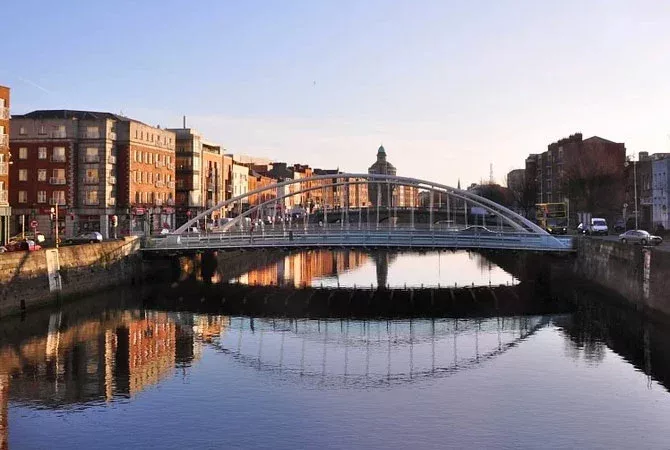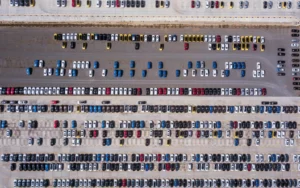Cork and Dublin are among the best European cities for air quality but still rank as only “fair”, as 90% of city residents across the EU are exposed to harmful levels of pollution.
According to an analysis from the European Environment Agency (EEA), children are especially vulnerable to air pollution levels across Europe, despite advances in cleaning up in recent years.
More than 1,200 people under 18 in the EU die needlessly every year due to poor air quality and the risk of serious disease is significantly higher in later life, the EEA said, reports the Irish Examiner.
Children’s lung function and lung development are affected by air pollution, especially by ozone and nitrogen dioxide (NO2) in the short term, and by fine particles (PM2.5) in the long term, it said.
NO2 causes inflammation of the airways in high doses, which can cause irreversible damage to the respiratory system.
Traffic congestion is a major contributor of the pollutant and one of the main motivations for the pedestrianisation of city streets across Europe for local authorities.
PM2.5, or particulate matter, is all solid and liquid particles suspended in air, such as dust, pollen, soot, smoke, and liquid droplets.
Of 375 European cities ranked by the EEA, Cork, and Dublin were tied at 25th, with air quality ranked as fair.
Limerick was 83rd and Waterford 132nd, just outside the “moderate” category.
Those heading to the Algarve in Portugal for their summer holidays can literally breathe easier, with Faro ranked as the best city in Europe for air quality.
The burning of solid fuels like coal for domestic heating and their use in industry is the most likely culprit for the poor air quality levels across Italy and central Europe, the analysis found.
It was followed by Umeå and Uppsala in Sweden in second and third, with Portugal’s Funchal and the Estonian capital of Tallinn rounding out the top five. The rest of the top 10 is rounded out by Swedish, Finnish, and Icelandic cities.
Poland and Italy have a particularly concerning air quality problem, the analysis found, with about 20 of their cities around the bottom of the ranking pile when it comes to pollution.
Brod in eastern Croatia, Nowy Sącz and Piotrków Trybunalski in Poland, and Cremona in Italy’s Lombardy region are the four cities in Europe where the air quality is considered to be “very poor”.
The burning of solid fuels like coal for domestic heating and their use in industry is the most likely culprit for the poor air quality levels across Italy and central Europe, the analysis found, said the Irish Examiner report.
EEA executive director Hans Bruyninckx said air pollution levels across Europe are still unsafe.
“It is urgent that we continue to step up measures at EU, national, and local levels to protect our children, who cannot protect themselves. The surest way to keep them safe is by making the air we all breathe cleaner,” he said.
The WHO published updated recommendations for air quality in 2021 after a scientific review but the EU has yet to update its own directive, last revised more than a decade ago.
There are sharp differences between the current EU standards and the new WHO recommendations.
Air pollution is linked to 7m premature deaths globally, 400,000 in the EU, and more than 1,400 in Ireland every year due to factors such as NO2 and particulate matter.






















